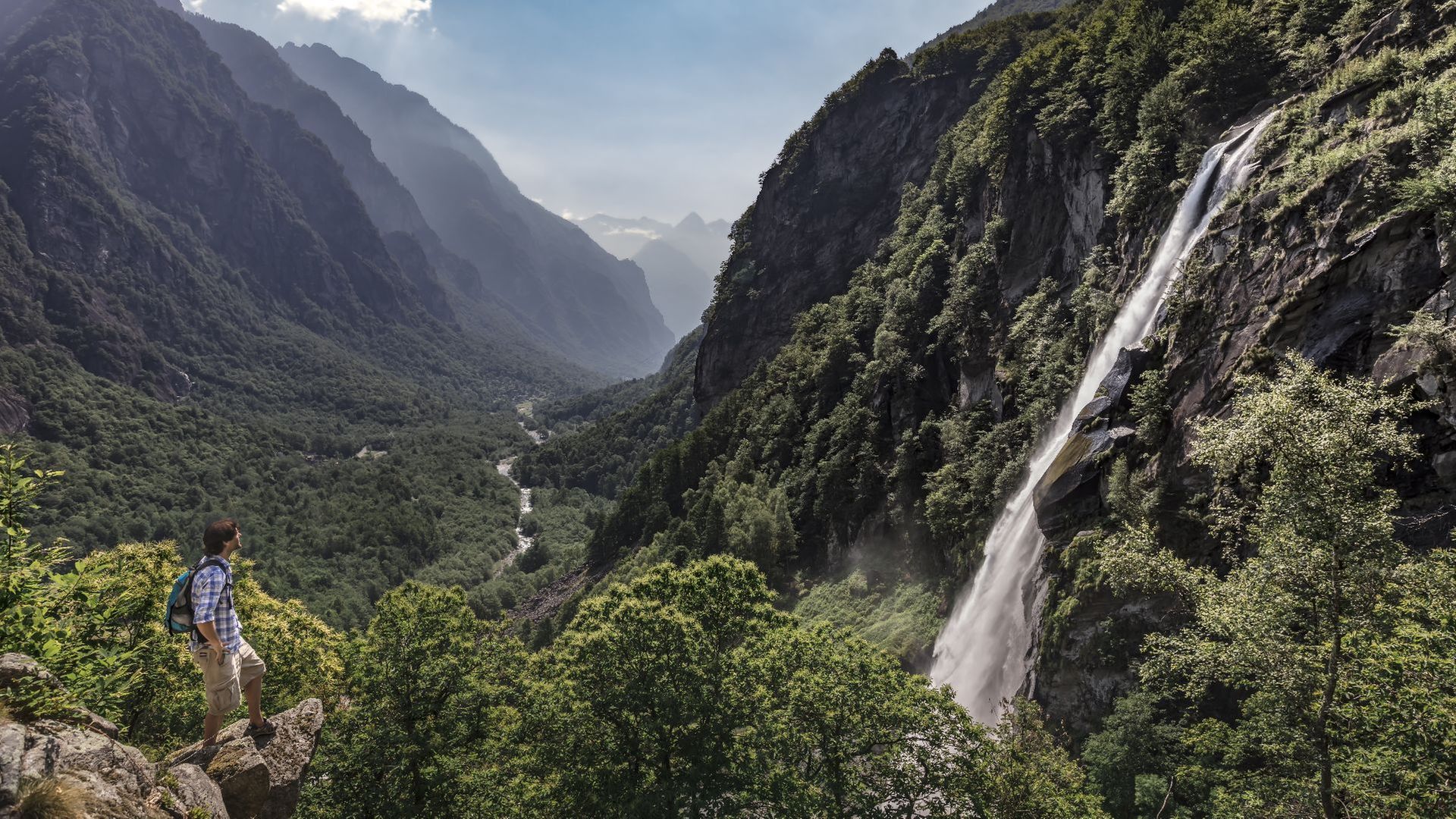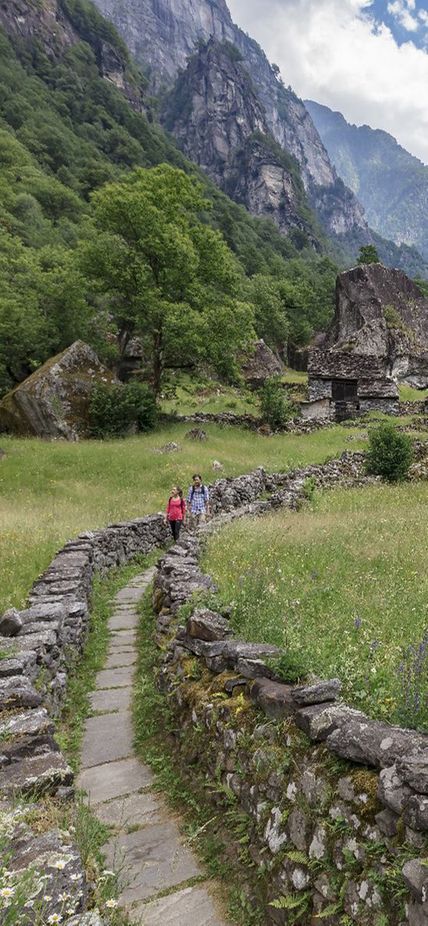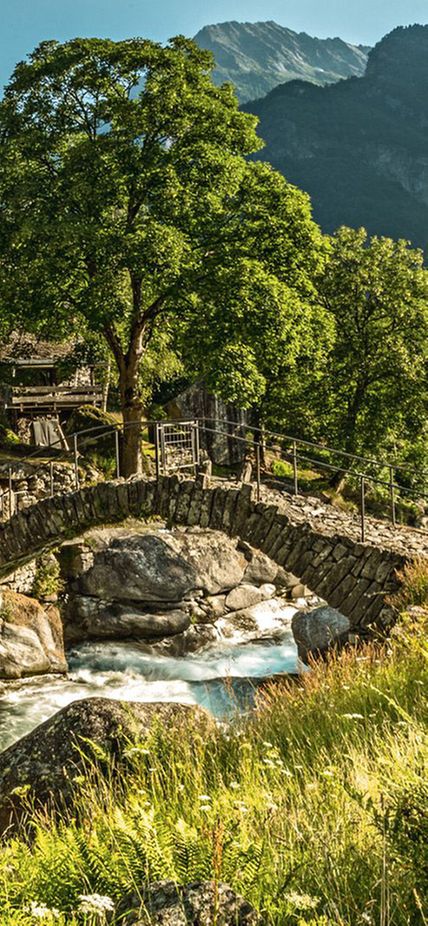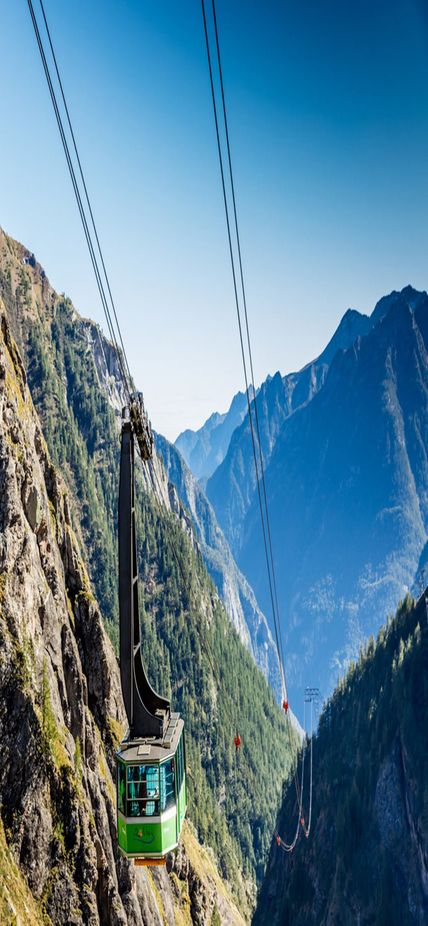Wild and beautiful
There is a place on this planet where peace reigns supreme. A small valley dominated by the sound of the river, with towering rock faces and dense fairytale woodland, where a thick, soft blanket of moss covers the boulders. A valley only inhabited in summer, offering breathtaking views and a rich history. No, we’re not in a fairy tale world, but in Valle Bavona - a small, roughly ten-kilometer-long side valley of the Maggia Valley, stretching between Cavergno and San Carlo.




